
Lawn Care
Apply Medina Growin’ Green or Milorganite to your lawn. Water in well approximately 30 minutes per area to begin working. These feed the soil and your lawn.
Prevent broadleaf weeds
Use Hi-Yield Crabgrass & Weed Preventer
Plant new grass
Lay new sod or Bermuda seed anytime this month – plan to make time for watering!
Follow city watering guidelines
Continue watering established lawns if we don’t have rain.
Visit: City Watering Guidelines
Fix yellow spots
Apply Nature’s Blend Compost to yellow spots in lawn.
Plant
Sunny areas:
Zinnias, Periwinkles, Moss Rose, Purslane, Lantana, Blue Daze, False Heather, Salvia, Ice Plant, Gomphrena, Ruellia, Coreopsis, Pentas
Shady areas:
Caladiums, Coleus, Begonias, Ageratum, Shrimp Plant, Torenia, Agapanthus, Snowbush
Seeds:
Morning Glory, Moonflower, Zinnias, Sunflowers, Gomphrena
All container grown hardy and tropical trees, shrubs, vines, grasses, groundcover, and citrus trees
Read: Fruit Trees and Citrus in Your Own Backyard
Indoor Plants
Warm temps allow you to take your indoor plants outdoors for some fresh air. Just be sure to keep them protected from the sun. Shady patios are perfect for a short stay. Wash off the dust and bring them back in nice and clean.
Read: Plants, the Perfect Rx for Clean Air, Pro Planting Tip: Not Too Deep
Pro Tips for Houseplants
- If your houseplant looks unhappy, think location first. It may need to be moved to a different spot with different lighting.
- Keep them away from the AC vents (they like humidity and the AC dries them out)
- General rule for watering; water well then re-water once the soil feels dry to the touch
- Spring is time to start fertilizing your houseplants. Your plants will love organic Hasta Gro
- If they are getting too big for their pots, bump up to a slightly larger pot.
Fertilize
 Azaleas, Magnolias, Gardenias
Azaleas, Magnolias, Gardenias
Fertilize organically with Maestro Gro-Rose Glo, or Espoma Azalea Food.
Watch Out For
Fungus, Powdery Mildew
Treat organically with Neem Oil. Use Fertilome Liquid Systemic Fungicide on ornamentals.
Grub Worms
Use organic Spinosad Soap, or conventional Season Long Grub Control.
Spider Mites
Treat organically with Spinosad Soap or conventionally with Cyonara, Bonide Systemic.
Chinch Bugs
Use organic Diatomaceous Earth, or Spinosad, or conventional Cyonara.
Read: Check For Chinch Bugs If Your Lawn Looks Dry Even Though You Know It’s Not!
Mealy Bugs
Treat organically with Neem Oil, or Insecticidal Soap, or conventionally with Bonide Systemic.
Read: Mealy Bugs are Here
Fleas & Ticks
Treat organically with Spinosad, Diatomaceous Earth, or conventionally with Cyonara.
Read: Got Fleas?
Water
When watering during periods of windy dry conditions, it’s important to water slow and deep. Be sure to watch the spray of your sprinkler and adjust accordingly with the wind
Water all plants well after planting and regularly through the first year. Plants will begin to use more water as they grow and bloom. Outdoor potted plants dry out quickly as do hanging baskets and small annuals.
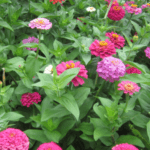
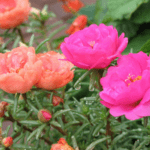
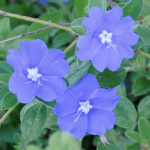
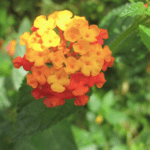
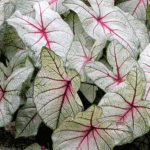

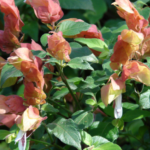
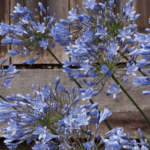


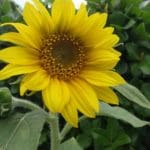
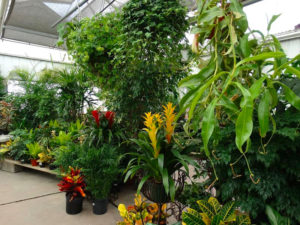
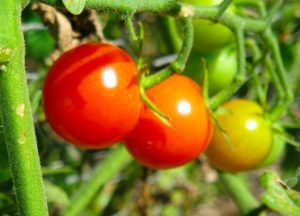
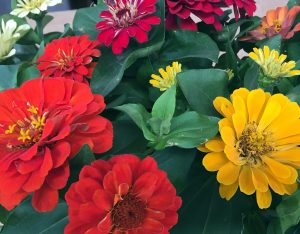
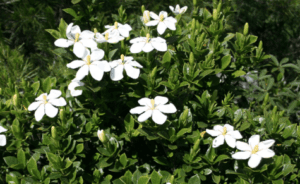
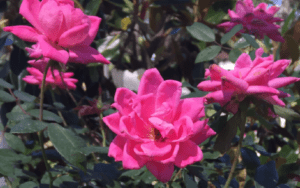




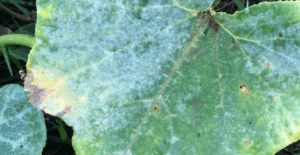
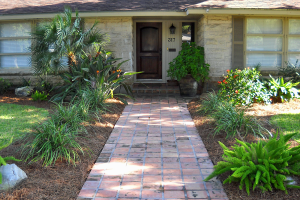
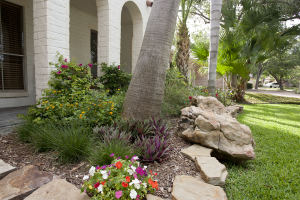
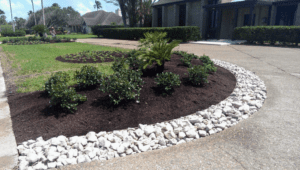






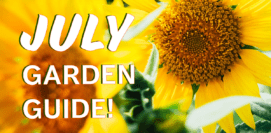







David R Varga says
The gusty wind broke the newest citrus tree I planted 6 months ago. About 60% of the branches and leaves are gone. If I continue watering it do you think it will grow back or should I scrap it and buy another one and start over?
james s gill says
I have personally seen a young citrus tree backed over by a truck, the tires did not hit it but it snapped off about 12″ above the ground with no limbs left. Saw it again 2 years later and it is a nice little tree with fruit on it.
Patricia Y says
Just want to receive your suggestions for plants in our area.
Tips and ideas for planting and care.
Thanks
James Gill says
There are some articles and info sheets on our website, and some videos as well. Also on our facebook page. If you come in, we have some info sheets printed out, and many knowledgeable people.